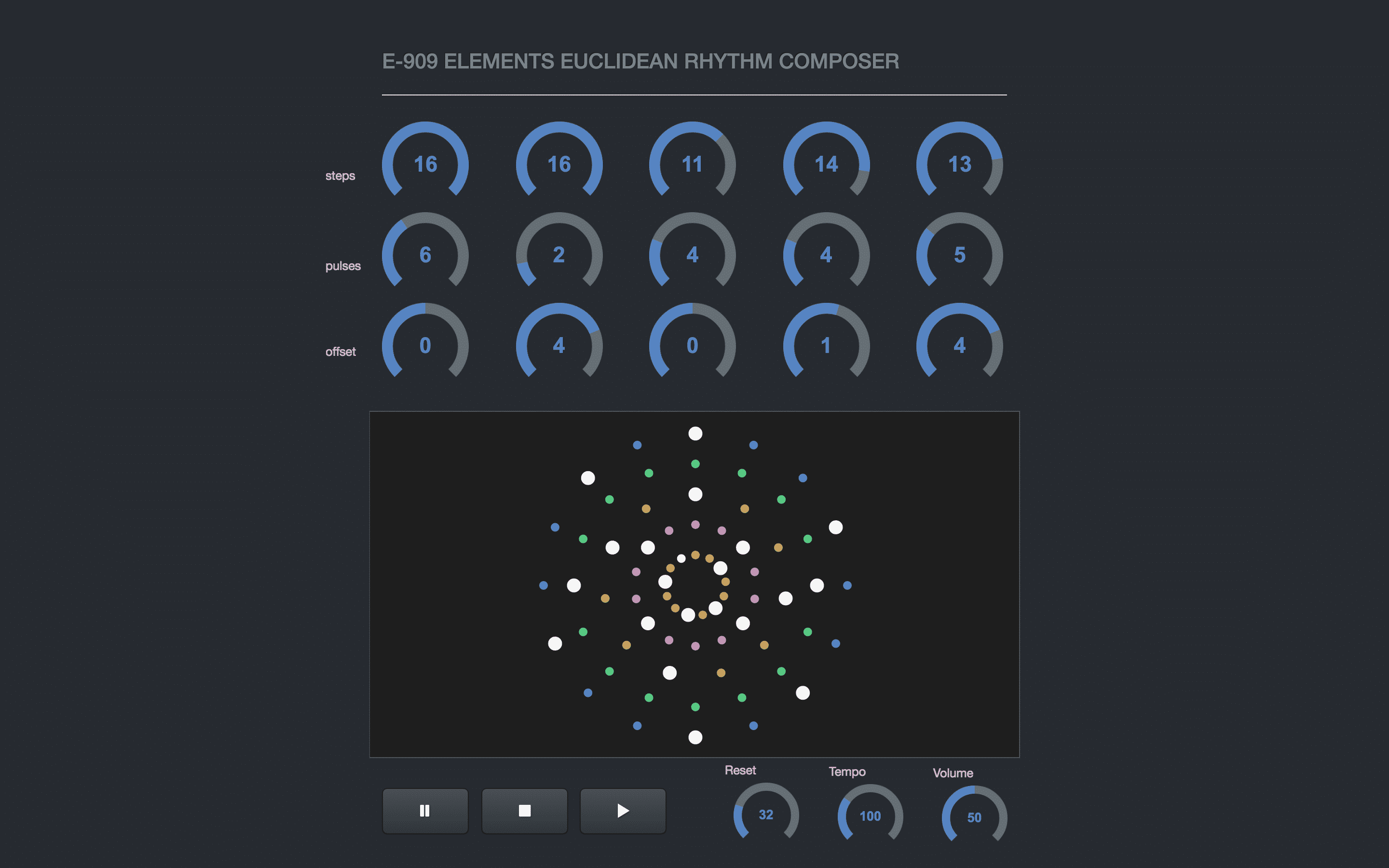
Geometry Of Music By Euclidian Algorithm For Harmonies
Abstract
We demonstrate relationships between the classical Euclidean algorithm and many other fields of study, particularly in the context of music and distance geometry. Specifically, we show how the structure of the Euclidean algorithm defines a family of rhythms that encompass over forty timelines (ostinatos) from traditional world music. Scale is a Euclidean scale corresponding to the Euclidean rhythm E(7,12). From here, it should be clear that all of the traditional modes built by shifting the major scale are also examples of E(7,12) scales. Of Exploring the Geometry of Music with Technology: Rhythm, Scales and Temperament via Geogebra.
We demonstrate relationships between the classic Euclidean algorithm and many other fields of study, particularly in the context of music and distance geometry. Specifically, we show how the structure of the Euclidean algorithm defines a family of rhythms which encompass over forty timelines (ostinatos) from traditional world music. We prove that these Euclidean rhythms have the mathematical property that their onset patterns are distributed as evenly as possible: they maximize the sum of the Euclidean distances between all pairs of onsets, viewing onsets as points on a circle. Indeed, Euclidean rhythms are the unique rhythms that maximize this notion of evenness. We also show that essentially all Euclidean rhythms are deep: each distinct distance between onsets occurs with a unique multiplicity, and these multiplicies form an interval 1, 2,..,k − 1. Finally, we characterize all deep rhythms, showing that they form a subclass of generated rhythms, which in turn proves a useful property called shelling. All of our results for musical rhythms apply equally well to musical scales. Rendering in sketchup 2017. In addition, many of the problems we explore are interesting in their own right as distance geometry problems on the circle; some of
The Distance Geometry of Music
Abstract
We demonstrate relationships between the classic Euclidean algorithm and many other fields of study, particularly in the context of music and distance geometry. Specifically, we show how the structure of the Euclidean algorithm defines a family of rhythms which encompass over forty timelines (emph{ostinatos}) from traditional world music. We prove that these emph{Euclidean rhythms} have the mathematical property that their onset patterns are distributed as evenly as possible: they maximize the sum of the Euclidean distances between all pairs of onsets, viewing onsets as points on a circle. Indeed, Euclidean rhythms are the unique rhythms that maximize this notion of emph{evenness}. We also show that essentially all Euclidean rhythms are emph{deep}: each distinct distance between onsets occurs with a unique multiplicity, and these multiplicies form an interval $1,2,..,k-1$. Finally, we characterize all deep rhythms, showing that they form a subclass of generated rhythms, which in turn proves a useful property called shelling. All of our results for musical rhythms apply equally well to musical scales. In addition, many of the problems we explore are interesting in their own right as distance geometry problems on the circle; some of the same problems were explored by Erdős in the plane.
- Computer Science - Computational Geometry